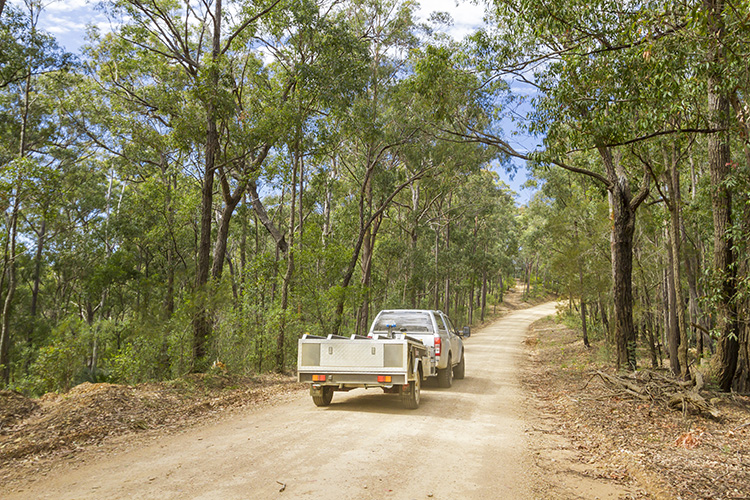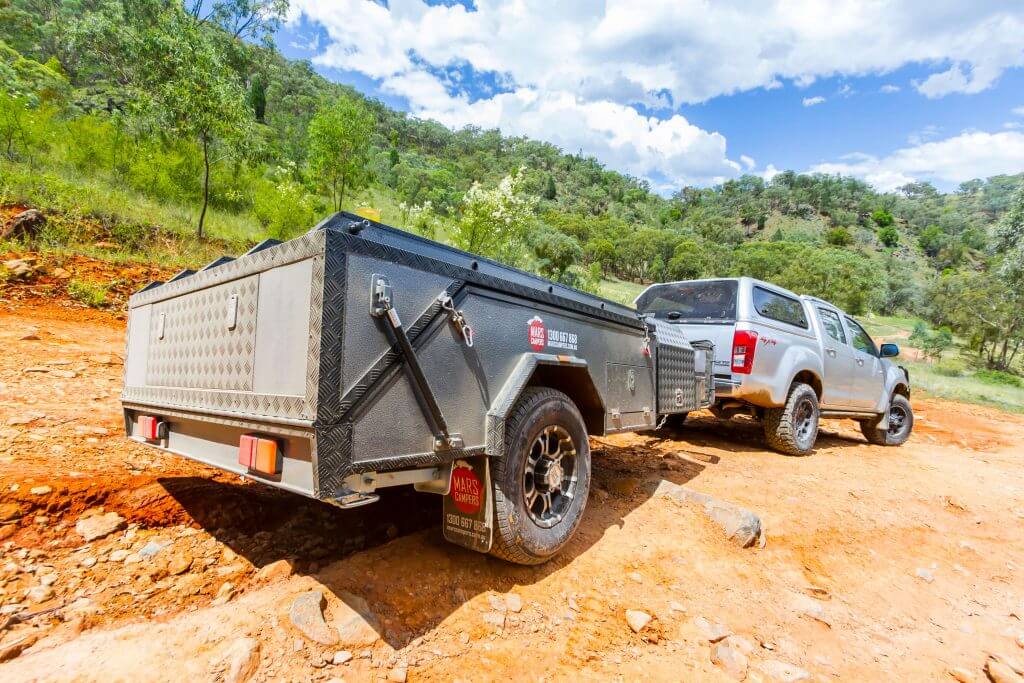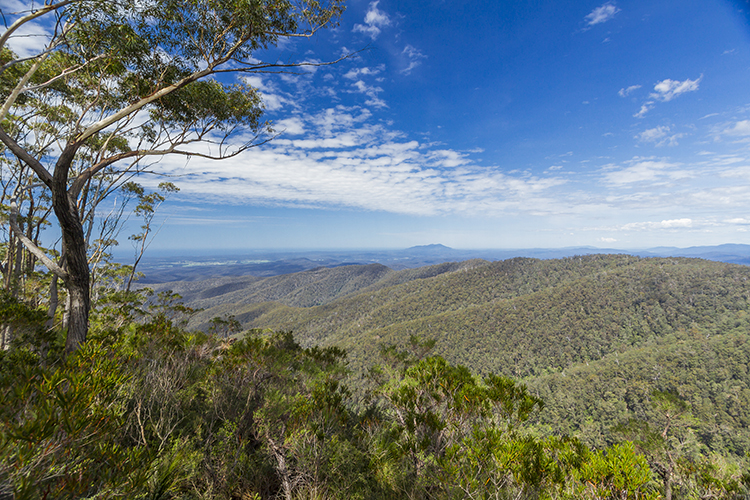
Western Australia is the country’s largest state without a doubt, but it really is – huge.
2.6 million square kilometres, which to give you a bit of context, it is the size of Alaska and Texas combined.
This means that if you are camping throughout Western Australia, there is every chance you might miss a thing or two. And that includes its incredible range of national parks.
We thought we’d put our heads together and provide a guide to WA’s national parks, helping to make your camping adventure unforgettable.
So, what do you want to see? What do you want to do?
Here are the things that truly define each park and why people visit again and again.
But before you leap to your ideal national park, here’s a tip to save you money.

If you’re thinking about visiting a national park in WA you’re going to need to pay entry fees. A vehicle with 12 people or less will pay $13 per vehicle. This fee will allow you to enter one or more of the WA parks with Yanchep and Nambung National Parks requiring another entry payment.
A camping trip around WA will likely mean you’re hopping from one park to the next over the course of a few days or even weeks. $13 a day can get pretty pricey if you’ll be visiting a few national parks in a short period of time.
A good idea if you’re thinking about trekking throughout WA and visiting all of the national parks is the online park passes option.
There are also two other options: the Goldstar pass for 12 months that costs $115 and comes with a subscription to LANDSCOPE Magazine and the local park pass for 12 months that costs $23 and is available to residents of selected local government areas close to the parks.
Now that you know the cost of the holiday or annual pass we recommend you get one or the other. Going to 4 different national parks across 4 different days is really easy to do. Especially considering how large WA is.
And if you’re still wondering what 4 national parks you should be going to then keep on reading.

While national parks can be a great place to observe your favourite Aussie animals, it’s more common to spend several hours making silly noises, wandering amongst weeds and wondering where the hell those wallabies are because a sign 50 km ago said there some in this area.
All national parks say they have an abundance of animals, but it feels like every time you actually get there the creatures are on holiday as well. Cape Range National Park is one of the few places in WA that actually has wildlife hopping and skipping about everywhere you go.
Visiting Cape Range, you’ll be treated to a banquet of non-edible but oh-so friendly creatures like emus, red kangaroos, echidnas, wallabies and maybe a dingo. There’s also a ton of birds and flowers but they’re not nearly as exciting. Unless you’re a birdwatcher…
You’ll be able to see the wildlife at Cape Range at almost every stage of your camping or visiting experience.
Choose from 8 different campsites where even the Wallabies are known to stay, as you sleep under the stars looking at your favourite animal. Just make sure you book in advance as the sites get very popular between April and October.
The bushwalks along the Mandu Mandu and Badjirrajirra Loop Trail take you along scenic high country with views down into the steep gorge below. If you’re committed to getting up early at sunrise or trekking at sundown, you’ll be in prime position to see your favourite animals.
There’s even the Yardie Creek Boat Tour to catch a glimpse at some Australian wildlife from the safety of a boat driven by professionals who know the land just as well as the animals do. You’ll be taking snapshots so good they’ll be wanted in an Australian wildlife calendar series.
Is it weird to say national park and beach in the same sentence? We usually think of these nature reserves to be fairly inland surrounded by dense forest and muddy tracks. However, not all national parks have to be like that and some of the best -certainly aren’t.
D’Entrecasteaux National Park pronounced ‘Don-tra-cas-toe’ … we think, is the wonderful harmony of beachside coast and tall eucalyptus forest. It’s really quite something to look out onto the sea and do a 180 to then be looking at a tall dense forest.
The beachline of D’Entrecasteaux National Park is about 130 kilometres long and at time ranges from 5 to 20 km wide — which in our view is just enough room for a beach cricket game. Visiting the beaches of D’Entrecasteaux National Park is something different altogether.
There’s no rubbish along the sand and the wide open beachline is really something spectacular and very different to the commercial beaches of Queensland where they are fairly narrow. Unfortunately, pets aren’t allowed due to dangerous animals and reserve preservation.
We just spoke of sand and beaches with sweeping views and open beaches as far as you can see, but what about a beach full of limestone pillars sculptured by nature that rise to the sky? It’s hard to imagine but does exist.
The Nambung National Park is a creative twist on your regularly beachside view and has visitors from all corners of the globe visiting this strange but spectacular phenomenon. Inside the national park about 10 km from the shoreline you’ll find ‘the Pinnacles’.
These limestone formations tower at 7 metres tall and come in all shape and sizes. It’s almost like an alien planet as you walk amongst thousands of these naturally occurring sculptures. They’re truly a sight to see and it’s a great place for artistic photos or a new Facebook profile.
Many visitors like to go at sunrise or sunset because the sun bounces off the sculptures to create spooky shadows and strange shapes. However, make sure you stick together because in the dark these natural statues can look like your friends and family.

We can’t finish off this guide to national parks in Western Australia without mentioning one of the best tree lined parks along the west coast. Walpole-Nornalup National Park is well known for its towering Karri and Tingle trees at the famous ‘Valley of the Giants’
It’s one thing to stand in awe amongst the bottom of the trees looking up and hearing the sounds of rustling leaves and birds singing, but what if you could walk above the trees?
The Valley of the Giants is a treetop walk that takes forest bushwalking to the next level. The tree top walk is 40 metres above the ground and lasts for 600 metres, taking you to new heights amongst the Walpole-Nornalup National Park forest.

If you’re scared of heights or know someone that is, be sure to force them to tag along because the tree top walk is an award-winning attraction that allows you to see sights of the eucalyptus forest only helicopters and planes see.
Entry to the Valley Of The Giants is $21 per adult, $15.50 per concession and $10.50 per child — 2 adults and 2 children in a family bundle coming to $52.50. There’s accommodation nearby and places to eat and drink; though not atop the tree line unfortunately.
For the more conventional and safer bushwalking along the ground, Walpole-Nornalup National Park offers many walks for visitors to go on. The most well-known is the Giant Tingle Tree, which is an excellent spot for a picnic and a picture inside the huge yet hallow tree.
There’s also Hilltop Lookout, which can be accessed along the Mount Clare Summit Trail, the bushwalk is about 2.5 km return and can take you anywhere from 1 to 3 hours. However, the vantage point from the lookout shows a spectacular view of the southern ocean.
Western Australia has some of the most diverse national parks in Australia for you to visit and camp at. If you’re going to stay in a rocky desert one night and then a dense forest the next you’ll need a camper trailer that can go on and off road with ease. Check out Mars Campers to see our full range of camper trailers. When you’re ready to make a decision or need help deciding contact the Mars team for any assistance today.